Caring for indoor plants at home

Houseplants are found in almost every home. This is the best interior decoration. In order for green pets to grow beautiful and healthy, they need to be properly cared for. In this article, we will learn how to care for indoor plants.
General rules of care
There are many different types of indoor plants. Each variety is distinguished by its external characteristics and care features. However, there are general rules for growing all houseplants. Let's take a look at the points of how they should be properly looked after.
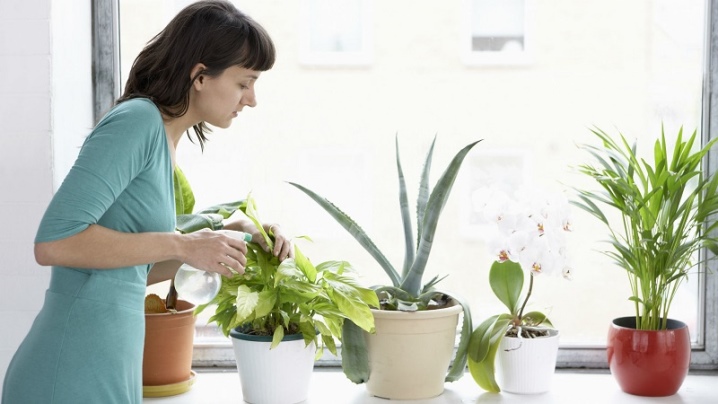
Moderation
Most houseplant species are easy to care for.... Many of the green pets are unpretentious, so they can be grown by novice growers. In any case, when caring for indoor plants, it is necessary to observe moderation in everything. The necessary watering and feeding is required to be made without undue zeal. There should be no excess in liquid or fertilizers.... And they need to be added in a timely manner. If you do not observe moderation in caring for indoor plants, you can face a lot of serious problems.
For example, waterlogging of the soil often entails rotting of the root system of plantings. As a result, the flowers can begin to hurt a lot, and subsequently risk dying.
Compliance with the rest period
When caring for indoor plants, one must not forget about the period of rest necessary for them. In winter, many well-known varieties of home flowers go into a kind of "reduced power consumption" mode. During this period, there is no need to make additional fertilizing. Watering and other caring manipulations should be reduced.
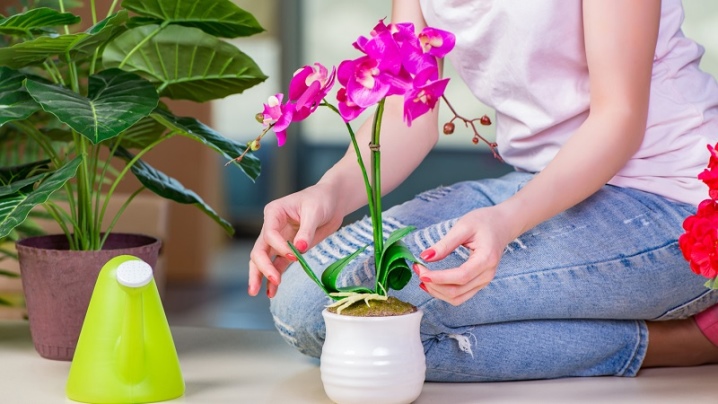
Maintaining appearance
It is equally important to maintain a healthy and attractive indoor plant appearance. It is required to promptly remove dried buds, inflorescences, leaf blades and shoots. The listed manipulations will contribute to the preservation and attractiveness and health of plants.
Deprived of dead components, flowers will not waste vitality, feeding unnecessary parts.
Disease and Pest Control
Every florist knows what indoor plants need daily inspection. This makes it easier to keep track of the health of green pets. Subject to regular examinations, a person can notice in time the onset of diseases that have affected plants. Most often, you can see damage by fungus or viruses on indoor flowers. Correct treatment started on time will have greater success.
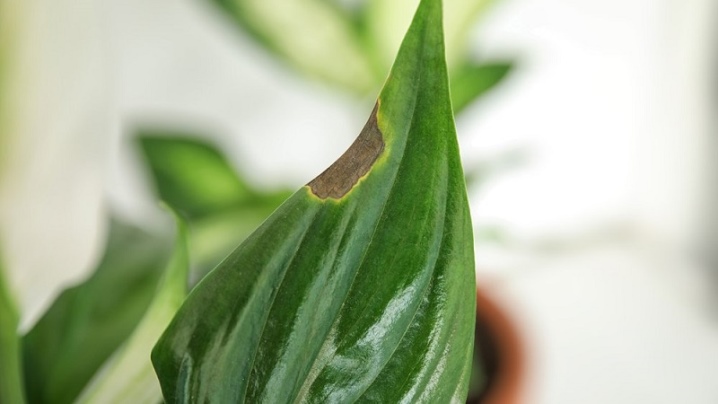
Set of tools
Any operations carried out for the care of plants, be it watering, planting, transplanting or fertilizing, are carried out using the appropriate equipment. Consider what exactly a florist needs to grow green pets.
- Watering can. When buying this device, it is recommended to select options with an elongated spout. Using these options for watering cans, watering is much more convenient and easier. At the same time, water will be able to break through even through the dense leaves of an indoor flower. With the right watering can, watering the plant will be complete and safe.
- Flask... Everyone knows what this device looks like.The elongated tip of the elongated structure and the spherical water container make the flask an indispensable item for automatic watering of indoor flowers during the departure of the owners. It is enough to pour clean water into the container and stick it into the ground with the tip down. The soil will be saturated with the necessary moisture gradually, as it dries.
- Sprayer... The spray can be used if you do not care for all types of indoor plants. Some varieties do not need wetting of the leaf plates. But it must be borne in mind that with the onset of too hot days, the foliage can still dry out, which will negatively affect the appearance of the plantings, so the spray can be a very useful device.
- A tray of water. Most often, this detail is used if the houseplant grows in a room with very dry air. You should not put the flower pot directly into the water. It is advisable to add expanded clay or pebbles. These components will gradually absorb excess moisture, transferring it to the rhizomes. The described method of caring for flowers is especially in demand and useful if they are located in close proximity to heating devices. With the arrival of winter seasons, they will need regular feeding with life-giving moisture, which the florist should not forget.
All the equipment you need to care for plants can be bought in special garden stores. Usually such devices are inexpensive.
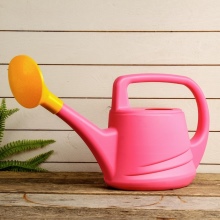
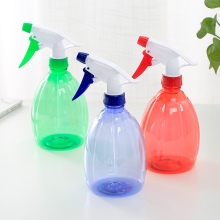
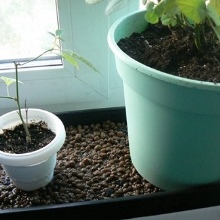
Conditions of detention
Indoor plants need to provide optimal living conditions. Let's consider in detail what the florist should take care of.
Location and lighting
Many indoor plants need adequate lighting. Typically, daylight hours should be between 12 and 16 hours per day. At times when the plant is dormant, this time frame can be shortened. Since climatic conditions in our country are not always favorable, people often have to resort to auxiliary lighting (special lamps are suitable). This is especially true for thermophilic tropical flowers that prefer to grow on the sunny side.
It is not recommended to expose indoor plants on a windowsill in the most direct rays of the sun. In such conditions, green pets risk getting burns. The sun should not be abundant. Diffused light or light partial shade is ideal - it all depends on the preferences of a particular type of plant. It should be borne in mind that with insufficient lighting, the processes of photosynthesis will inevitably slow down... This will negatively affect the health of the flower.
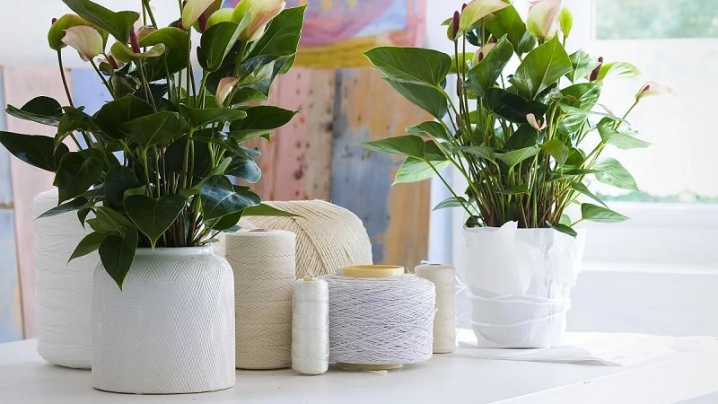
Temperature
At home, thermophilic plants are most often grown that cannot survive on the street. Such plantings need a warm, room temperature in the room where they grow. Optimum performance ranges from +16 to +22 degrees Celsius.
Even tropical species of indoor plants "don't like" excessive heat. Do not try to create a jungle-like environment in your home. Rare indoor flowers will "like" temperature indicators exceeding +24 degrees. And there are crops that grow better in an environment of light coolness (for example, at a temperature of +15 degrees Celsius).
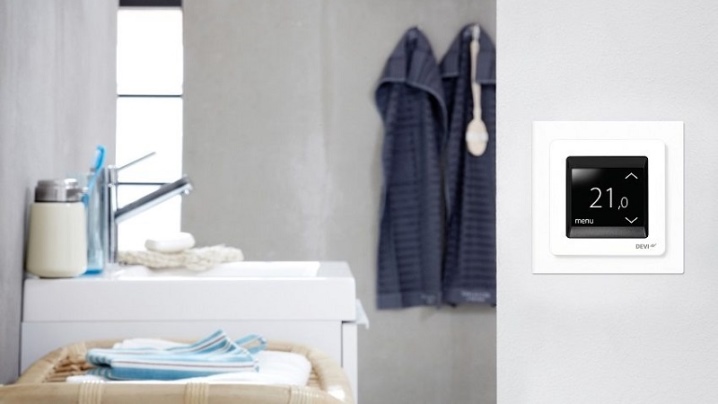
Humidity
The main percentage of indoor plants belongs to the moisture-loving category. The humidity level should be slightly above average. At the same time, one should not forget about the direct origin of home flowers - most of them come from the humid tropics. High humidity indicators have a beneficial effect not only on the condition of plants, but also on people.
Try to make sure that the air around the indoor flowers is not dry. This will have a bad effect on their appearance and health in general. This will increase the risk of pest attacks.

The soil
It is important to take care of using a quality primer for flowers. Houseplants have nowhere else to take nutrients, except from the soil mixture. The soil should contain not only all the necessary nutrients. The land must also have a suitable structure. It should not be overly loose or overly dense. It is important to take care of the drainage layer in the plant pot. A drainage layer is needed for almost all household flowers.
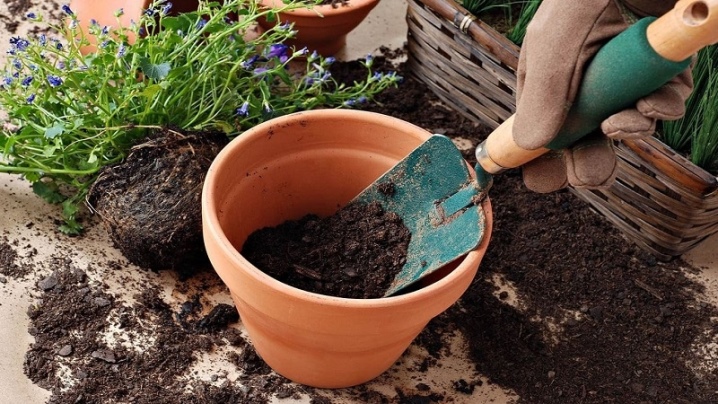
Pot
Modern growers can independently choose in which tank to grow indoor plants. On sale there are a lot of suitable containers made of different materials: pots, flowerpots, boxes. All flower dishes are divided into 2 types:
- for growing - such pots already have drainage holes;
- for decor - pots are meant, in which there are no additional holes, so they can be placed anywhere without fear of possible leaks.
Houseplants do better in growing tanks. However, such containers look much simpler; they will hardly be able to effectively decorate the interior with their help.
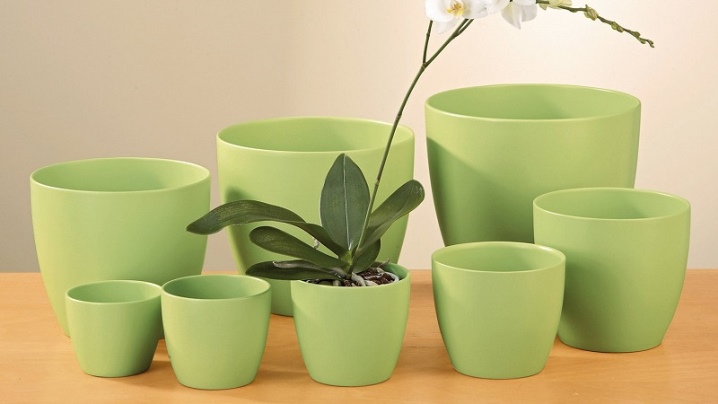
How to water?
Growing your favorite plants at home, it is important to take care of their proper watering. All crops love moisture. In a closed ground in a pot, flowers have nowhere to get it, so a person should not forget about the timely introduction of the liquid that feeds the planting. Some crops easily survive temporary drought (for example, succulent), but there are varieties that begin to wither rapidly if you miss at least a couple of waterings.
Bulbous plants survive drought most easily. They already have a certain amount of moisture that collects in their fleshy areas. But flowers with thin stems risk dying from lack of moisture. The frequency of watering is directly dependent on the season, the particular type of indoor plants, and the ambient temperature. In winter, autumn and in cool conditions, you should less often moisturize your home flowers. Anyway Before watering, you need to make sure that the top soil layer in the plant pots is already dry.
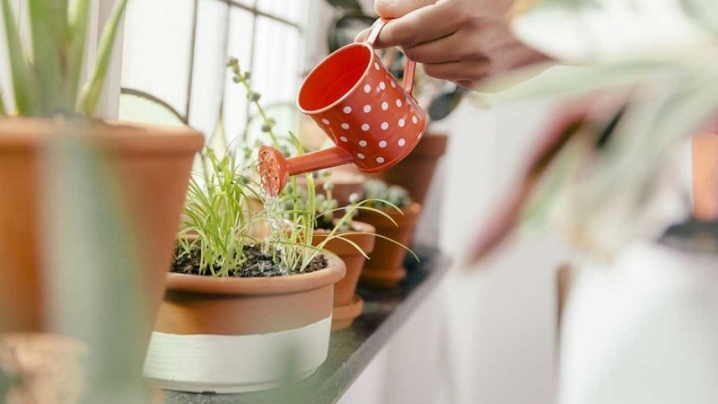
Loosening
So that a white salt crust does not accumulate on the upper part of the substrate, as well as in order to increase the permeable qualities, it is necessary to regularly loosen the soil. But you need to pay attention to the structure of the root system of plants. - if it is superficial, the utmost care is required.
Trimming and shaping
Many of the novice florists who do not have rich experience are slightly afraid of the procedure for pruning indoor plants, considering it both difficult and traumatic. But there is nothing to be afraid of. If everything is done correctly and the flower is formed carefully, there will be no problems. Green pets will not be affected in any way.
If you need to remove the growth point at the top of the plantings, then here you can use the simplest technology - topping... If the flower has thin stems, it is permissible to pinch it with 2 fingers. If we are talking about a fleshy plant, then it is best to use scissors - it will be more convenient and easier. Always use a pruner, knife or scissors for trimming. This procedure cannot be carried out manually.
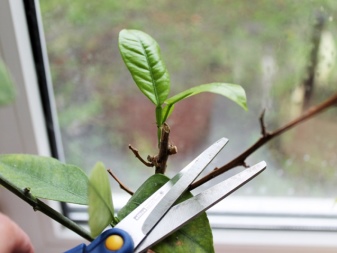
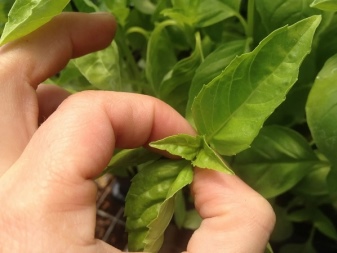
How to transplant?
A transplant is required for all types of indoor plants, especially when it comes to young plantings. They grow pretty fast, so they need a transplant every spring in the first 3 years of life... For adult indoor flowers, frequent transplants are no longer needed. They have to be transplanted to another place only as needed - depending on the growth rate, plant size and other circumstances.
At times, houseplants need unscheduled transplant. Most often, you have to resort to it if there are certain diseases or serious damage by dangerous pests.If there is too much waterlogging of the soil mixture, it is better to replant the plants as soon as possible, without waiting for rotting of the rhizomes. If the transplant is planned, a fresh flower pot is selected 2-3 cm larger in diameter.
Mature and slowly growing crops are often transplanted into the same pot, you just need to change the land in it.
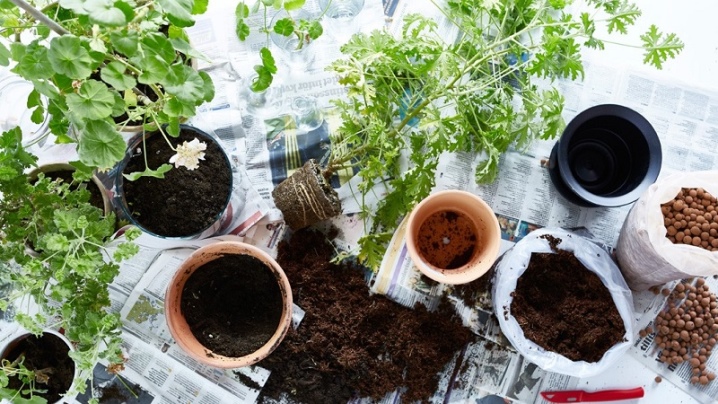
Fertilizers and growth stimulants
Indoor plants must be fertilized with mineral balanced compositions. They must be saturated essential components (from potassium to phosphorus). The use of high-quality fertilizers strictly according to the instructions will lead to an improvement in the general condition of the plantings, an improvement in root formation and rooting will occur. Fit saturated products like "Kornevin".
Liquid formulations should be used according to the scheme: every 2 weeks during the period of active growth (from April to September). Fertilizing candles are simply inserted into the substrate where they feed the soil. The granular components are spread on the surface of the soil mixture. The use of complex dressings is necessary for many indoor plants in August.
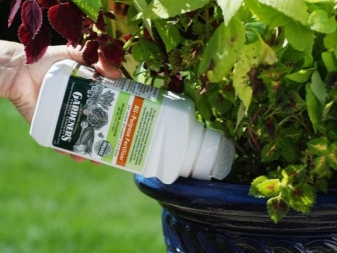
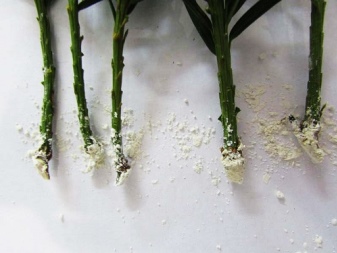
How to propagate?
There are various ways of breeding houseplants. Let's analyze the most popular ones. Generative reproduction occurs by planting new seeds in a suitable substrate. Vegetative methods include grafting. To do this, you need to cut off the top of the stem of the plant. The stalk must be planted in the soil mixture, watered in a timely manner. The container is covered with a film.
Popular reproduction by children... They are separated with fingers, planted in prepared containers with earth. When young flowers grow up, they will need to be planted in separate pots. Mustache reproduction is widespread. The algorithm of actions is simple: from the ends of the shoots, the daughter processes - the whiskers - are removed. They must be planted in moistened ground, if it was possible to take them together with the roots. If the sample is taken without roots, the antennae are rooted, as in the case of cuttings.
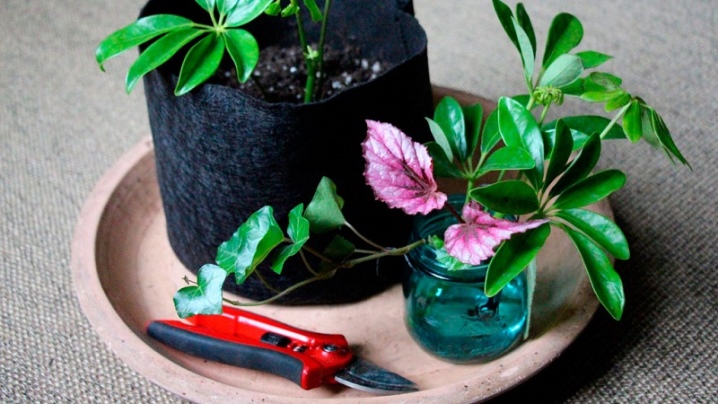
Secrets of experienced florists
If you want your indoor plants to grow beautiful and healthy, it is worth taking on board a few secrets of experienced florists.
- If you have ornamental plants growing at home, and you notice that their leaf plates have faded, it will be possible to return them to their previous appearance with the help of a decoction cooked on a banana peel.
- If you decide to plant a capricious plant at home that requires more complex professional care, it can be slightly protected from pests by transplanting it into soil, in which there are 4 match heads.
- If indoor plants are suffering from a dangerous scale insect or spider mite. "First aid" will be a soap solution (a simple laundry soap will do) diluted with a few drops of rubbing alcohol. After processing according to this scheme, the planting is not touched for another day.
- Spraying a plant will be an excellent prevention of the appearance of a red spider mite. This procedure gives the plants more. More than just humidifying the air.
- Carrying out pruning indoor plants, it is always necessary to remove too long branches and old stems, which no longer have leaf plates.
- If you decide to grow bright tropical plants at home, they will need to provide conditions that are as close to natural as possible. For example, you can organize for them an artificial rainy or drought season.
- The room where the flowers grow should not be too hot. To do this, you can use a regular fan, but it is not recommended to run it at too high a speed.
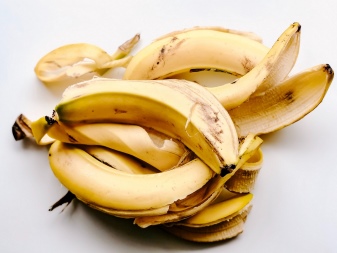

In the next video, 10 golden rules for caring for indoor plants are waiting for you.































I really love indoor plants, especially violets! The eye is always happy with the colors. I pay a lot of attention to special care for them, I constantly fertilize them.
The comment was sent successfully.